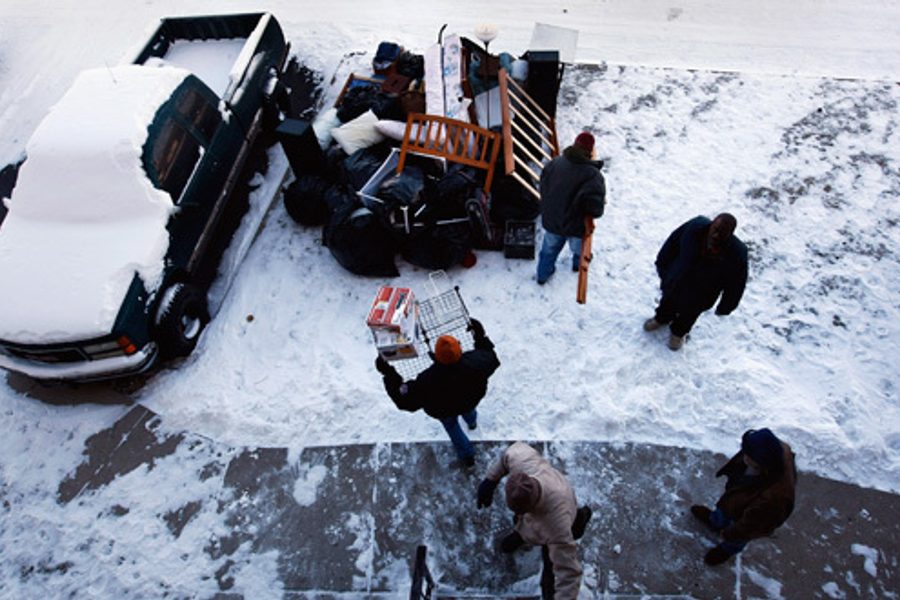
You’ve been out of work for a year now and you are wondering what’s ahead.
Or you are one of many couples who lost a paycheck and you are trying to get by on one only. Or you are middle-aged and had a good-paying factory job. But there are very few factory jobs today in your Rust Belt city. Or you are black or Latino and a lot of your friends can’t find a job either.
Where are we headed at the start of 2010?
As a number of recent reports point out, the Great Recession still hangs heavily over our heads, with losses more severe and painful than most imagine and some workers facing the likelihood of even greater job setbacks ahead.
For many blacks and Latinos, the job losses will continue to mount, according to a report by the Economic Policy Institute.
While the unemployment rate for whites is expected to hit 9 percent in the third quarter of this year - up from 8.1 percent in the most recent period - it is likely to reach 17.2 percent for blacks and 13.9 percent for Latinos for the same time period.
The jobless rate for blacks will climb to 20 percent in five states, and will soar to 27 percent in Michigan by the third quarter, according to the EPI study.
Families have suffered heavily from the Great Recession’s pressures and they will continue to do so.
And in many cases wives will continue to seek out jobs to replace their husbands’ lost paychecks.
Indeed, the jobless rate for couples with children under 18 years old doubled between 2007 and 2009, according to a recent study released by a U.S. Census. Similarly, the study showed that the number of stay-at-home mothers dropped between 2008 and 2009.
This reality shows up another way in the statistics.
The difference in unemployment rates between men and women, according to the EPI, is the largest since the government began measuring such figures in 1948.
And the situation is likely to worsen, as more men drop out of the job market, predict researchers at the Washington.D.C. economic think tank.
What makes the job crisis so durable is its depth.
Since the recession began in late 2007, 8.1 million jobs have been lost. There are an estimated 27 million people today who are scratching by on part-time jobs or a job here and there.
Forty percent of the jobless have been out of work for six months or more, and 3.6 million people have stopped looking for work in the last three years.
So, where are we heading?
Into more pain, it seems, unless we figure out some truly powerful ways to lift up people who have been dragged so far down.
A former labor writer for the Chicago Tribune, Stephen Franklin is a Pulitzer Prize finalist and an adjunct professor at the University of Illinois Urbana-Champaign School of Labor and Employment Relations.







